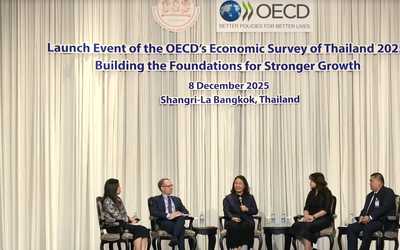Assessing Tax Incentives for Investment: Case Study of Thailand
Abstract
Tax incentives for investment are very popular among developing countries but they are costly and unlikely to compensate for other shortcomings. One of the reasons many governments often uses when expanding the tax incentives is that their tax incentives are inferior relative to those of competitors. This study examines the impacts of those tax incentives on the tax competitiveness using the case study of Thailand. It takes into account important tax provisions under both standard and preferential tax treatments, and computes effective average tax rates (EATRs) applied to the country's focused industries. It then compares Thailand's EATRs with those of ASEAN peers. Such industry-specific lens is crucial since the tax benefits offered as well as the composition of investment assets can vary substantially between industries. It finds that, Thailand's investment incentives are broadly comparable to those offered by its ASEAN peers. Under the maximum incentives, the EATRs range from 6–9% depending on the investment intensity in each industry. This suggests that, with the exception of targeted incentives for the biotec industry, the government should refrain from throwing any more tax or monetary incentives and focus on fixing structural shortcomings. The results also indicate that accelerated depreciation and investment tax allowance are two options that may perform better than the tax holiday in term of minimizing the incentive redundancy.








